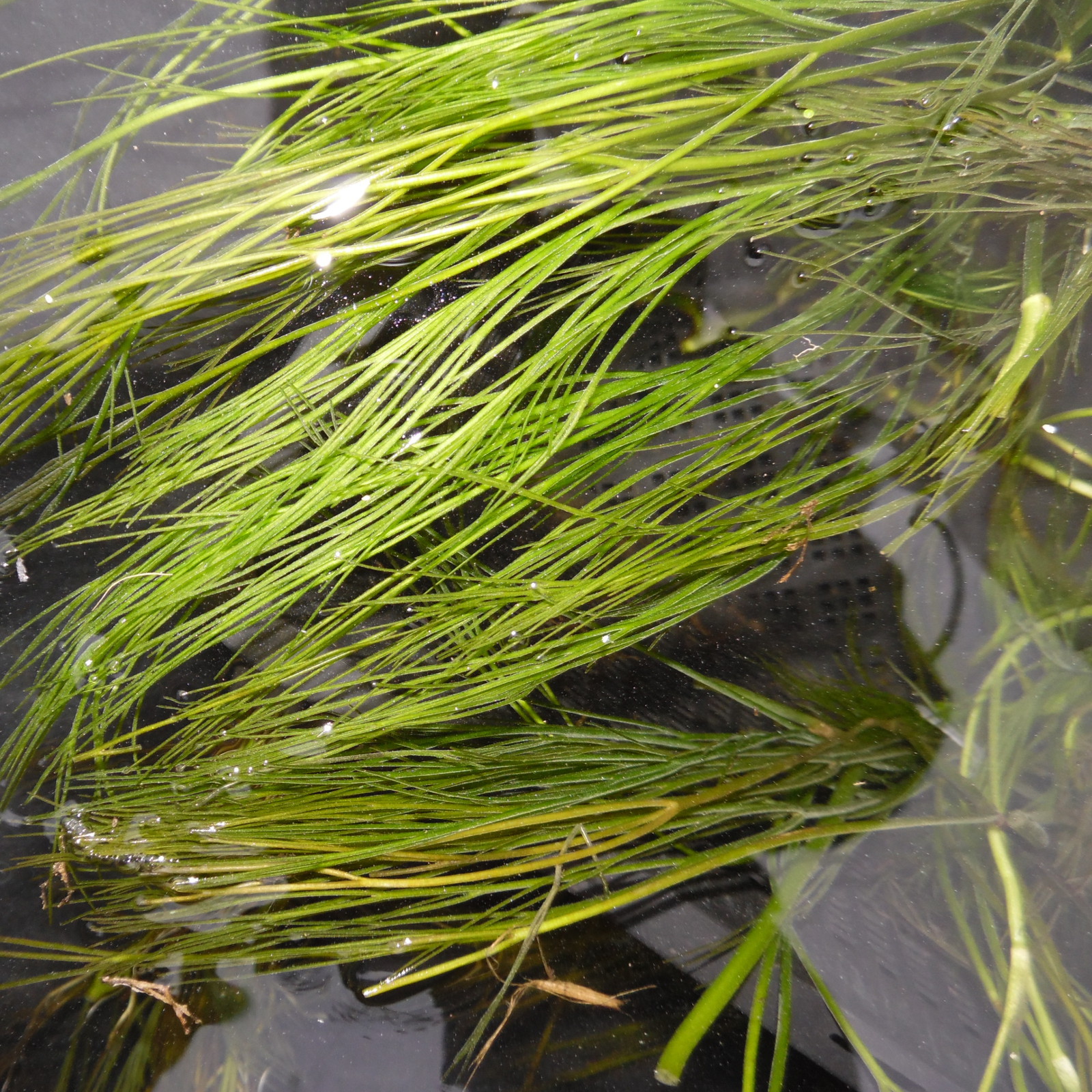Very impressive work @shangman , I definitely understand why you were a bit overwhelmed before.
Avoid Nephrolepis fern fronds, the leaflets are both quick to decompose and quickly detaches leaving you with an empty leaf stem.
I can recommend Davallia ferns and parlour palms (Chamaedorea elegans) as something that you can easily grow indoors and get an interesting leaf from now and then. I have used small amounts of Davallia fronds numerous time without ill effects, and they hold up well under water, the leaves are also much smaller than many other ferns so it could be useful for nano tanks. Chamaedorea leaves look great, and could again be more of a nano option compared to those of date palms etc.. They are not that sturdy though, so expect the leaflets to come off after a couple of weeks or so (depending on how boisterous fish you have), but they still take a while to break down after they have fallen off so you could probably make a very natural display if you kept adding new ones.This evening I've added a bit more to Palms & Ferns, let me know if you have any additions to here.
Avoid Nephrolepis fern fronds, the leaflets are both quick to decompose and quickly detaches leaving you with an empty leaf stem.
















